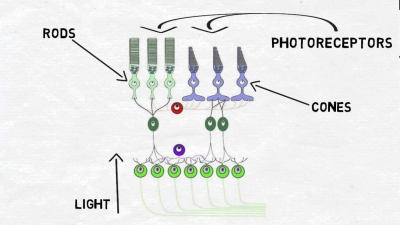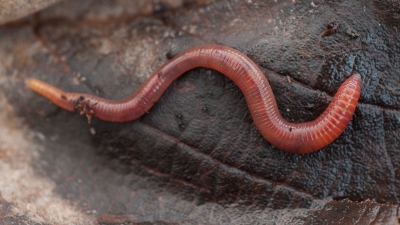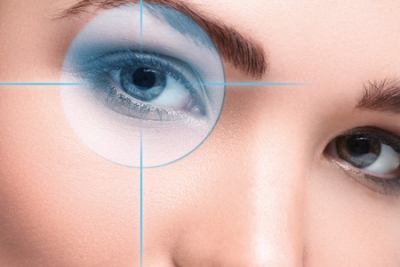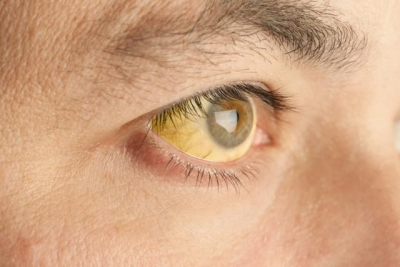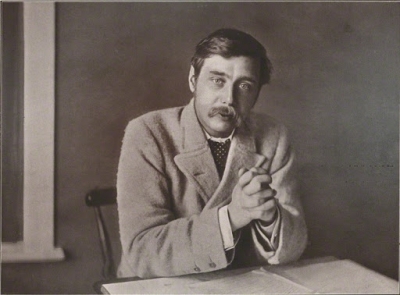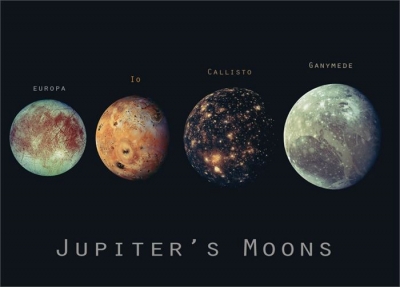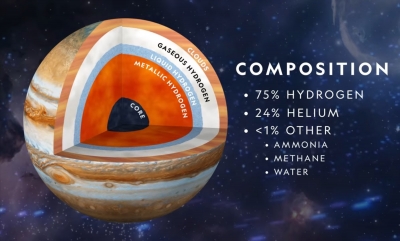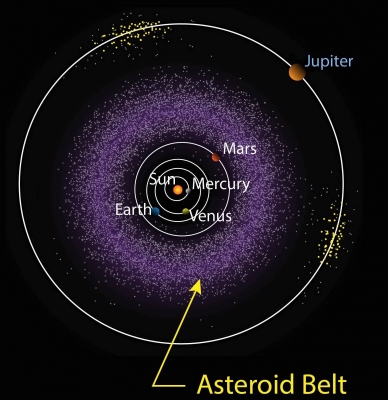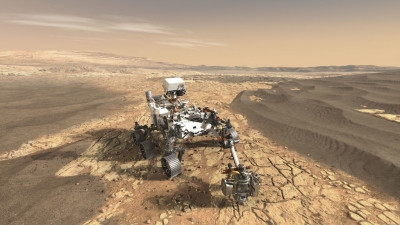What is Saturn known for?
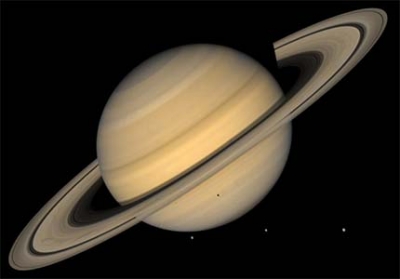
Saturn is the second largest planet, after Jupiter, and is known as the “Jewel of the Solar System” because of its spectacular rings. It is a gas giant that spins so fast it bulges out in the middle.
Bathtime
Despite its mammoth size, Saturn isn’t very dense. This means that if you could build a gigantic bath, Saturn would float in it!
Lord of rings
Saturn is surrounded by rings that are made up of billions of chunks of rock and ice. The rings can be seen from Earth through a telescope.
Saturn has 53 known moons with an additional 29 moons awaiting confirmation of their discovery—that is a total of 82 moons. Saturn cannot support life as we know it, but some of Saturn's moons have conditions that might support life. About two tons of Saturn’s mass came from Earth—the Cassini spacecraft was intentionally vaporized in Saturn’s atmosphere in 2017.
Picture Credit : Google
